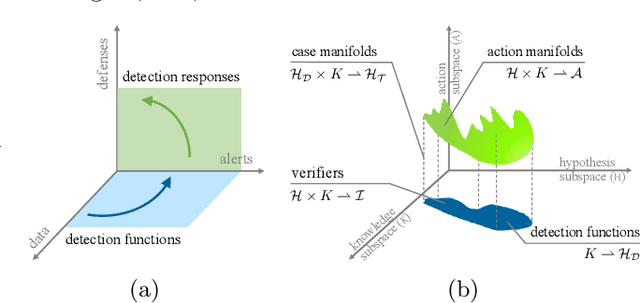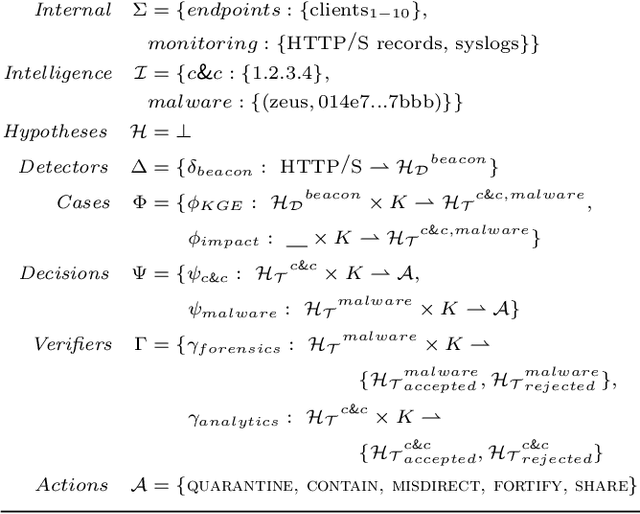Evidential Cyber Threat Hunting
Paper and Code
Apr 21, 2021



A formal cyber reasoning framework for automating the threat hunting process is described. The new cyber reasoning methodology introduces an operational semantics that operates over three subspaces -- knowledge, hypothesis, and action -- to enable human-machine co-creation of threat hypotheses and protective recommendations. An implementation of this framework shows that the approach is practical and can be used to generalize evidence-based multi-criteria threat investigations.
* In Proceedings of the 2021 SIAM AI/ML for Cybersecurity Workshop
(AI4CS) * 5 pages, SDM AI4CS 2021
 Add to Chrome
Add to Chrome Add to Firefox
Add to Firefox Add to Edge
Add to Edge